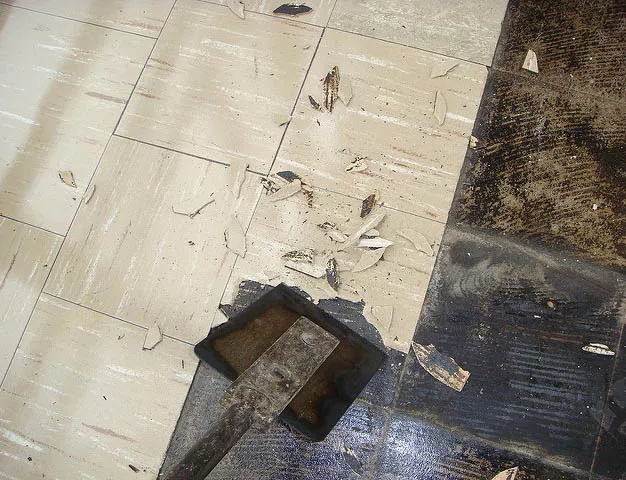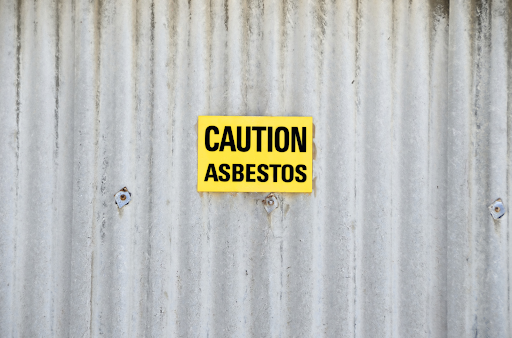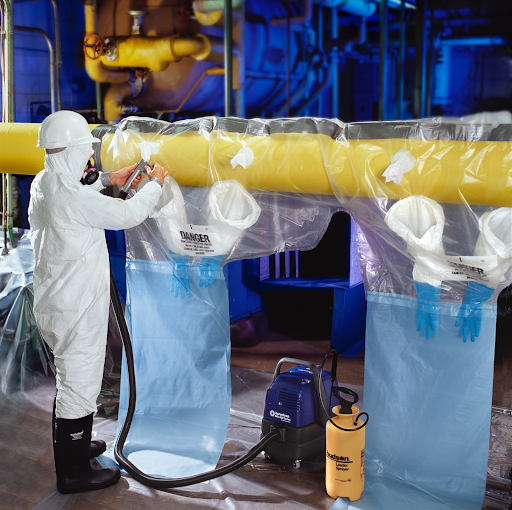The role of asbestos in causing various forms of cancer and other diseases is well-known. It’s no secret that your potential tenants will look to avoid being in buildings that are at risk of any asbestos exposure.
Though the use of asbestos in construction has declined since the 1970s, older buildings will still contain it. This will be – if it isn’t already – an issue as these older properties age and require renovation (or demolishment).
However, managing this work actually comes under direct federal and provincial regulations such as the Ontario Occupational Health and Safety Act and other asbestos removal legislation & regulations.
Not only are asbestos removal projects high-risk and complicated, but doing so legally requires you to ensure that you’re asbestos removal work involves contractors that are certified, trained and fully equipped comply with regulations and get the job done correctly from the start.
Asbestos Removal Legislation Requirements
When dealing with asbestos removal, which will be necessary if there’s exposure (from aging or renovating structures), you must follow both federal and provincial regulations.
In Ontario, asbestos abatement work must be done in compliance with Regulation 278/05 along with Section 25(2)(h) in the Occupational Health and Safety Act. In Alberta, asbestos abatement work falls under Section 37(2) of the Occupational Health and Safety Code.
Provincial regulations require asbestos removal to be done with stringent stipulations:
- First, your worksite must be properly defined: Is it a Type-1 (1-10 sq. feet), Type-2 (10-100 sq. feet) or Type 3 (over 100 sq. feet)? The larger the worksite, the more it’ll require in terms of securing against contamination and worker safety.
- Second, what’s your asbestos abatement risk-level? Does it removing asbestos from a few tiles or does it involve friable material? Does it require removing insulation from the piping structures? Is it an indoor or outdoor abatement operation? The higher the risk-level, the more extensive the asbestos removal requirements in terms of guaranteeing worker safety and securing against contamination.
- Third, you must use equipment that’s up to par with asbestos removal standards. This includes providing your workers with proper Personal Protective Equipment (PPE) – i.e. respiratory masks as well as disposable coveralls and gloves. Your workers must also have access – and use – High-Efficiency Particulate Air (HEPA) vacuums to remove asbestos dust from the worksite. Other asbestos must be disposed in polyethylene bags and drop sheets. In Type-2 and Type-3 operations, workers must have a decontamination site comprising of a clean room, shower room, and equipment storage room.
Not only is it prohibited – and incredibly dangerous – to remove asbestos yourself, but these regulations effectively require you to rely on both an experienced and qualified professional asbestos abatement contractor.
Failing to do so will not only put you, your tenants and even your surrounding areas at severe risk, but you could be liable for damages and government penalties.
Don’t Let Asbestos Exposure Linger for a Second Longer
Get Started with FERRO Environmental Today
What is Asbestos?
Asbestos is basically the name given to one of six different naturally-occurring and fibre-like minerals. There are two kinds of asbestos: serpentine and amphibole.
The main type of serpentine of asbestos – i.e. chrysotile (white asbestos). Serpentine fibres are long and flexible, which makes them easy to be woven together. This made serpentine asbestos fibres a popular material for the industry – it could be applied in many areas.
The five main amphibole asbestos are crocidolite (blue asbestos), amosite (brown asbestos), actinolite, anthophyllite, and tremolite. Unlike serpentine fibres, amphibole fibres are stiff and brittle with needle-shaped fibres. They’re more restrictive and not as popular as serpentine.
Why was Asbestos Popular?
In the 1960s, Canada was among the world’s leading asbestos producers, with Quebec alone producing 40% of the world’s serpentine asbestos.
Thanks to its resistance to heat and strong insulating qualities, asbestos was a popular material for manufacturing and construction. Before 1990, it was a standard practice in Canada to place asbestos in buildings for fireproofing and insulation. After all, it was widely available and couldn’t get burned, dissolve in water or even evaporate.
Besides being a reliable material for fireproofing and insulation, asbestos was widely available and benefitted from federal and provincial government support because it was a key Canadian export. However, despite these benefits, asbestos is also a significant and urgent health risk.
Asbestos and Health Risks
Today, the health risks of asbestos are well-known. Long-term exposure to breathing asbestos fibres can result in a range of diseases, most notably lung cancer and mesothelioma (a cancer that develops into thin layers of tissue covering your critical organs).
The health risks of asbestos occur when building or house tenants are directly exposed to these asbestos fibres. When asbestos is dry, it’s easily “friable” – i.e. it can be crushed into a powdered form that is easily breathable. If you have exposed asbestos (e.g. due to renovation), then you’ll be at acute risk of asbestos exposure, which is a serious health problem.
Those in older buildings are at higher risk of exposure. Not only are older buildings more likely to contain asbestos, but due to age taking a toll on the structures, exposure risk is higher.
With FERRO Environmental you’ll benefit from end-to-end asbestos removal services that are fully compliant with the law and designed to completely and safely remove any and all asbestos material in your property. In addition, our skilled technicians are experienced and fully insured.
Our Services:











